Safeguarding the wonder drugs
How researchers helped change UK farming practices and reduce the rise of antibiotic resistance in livestock.
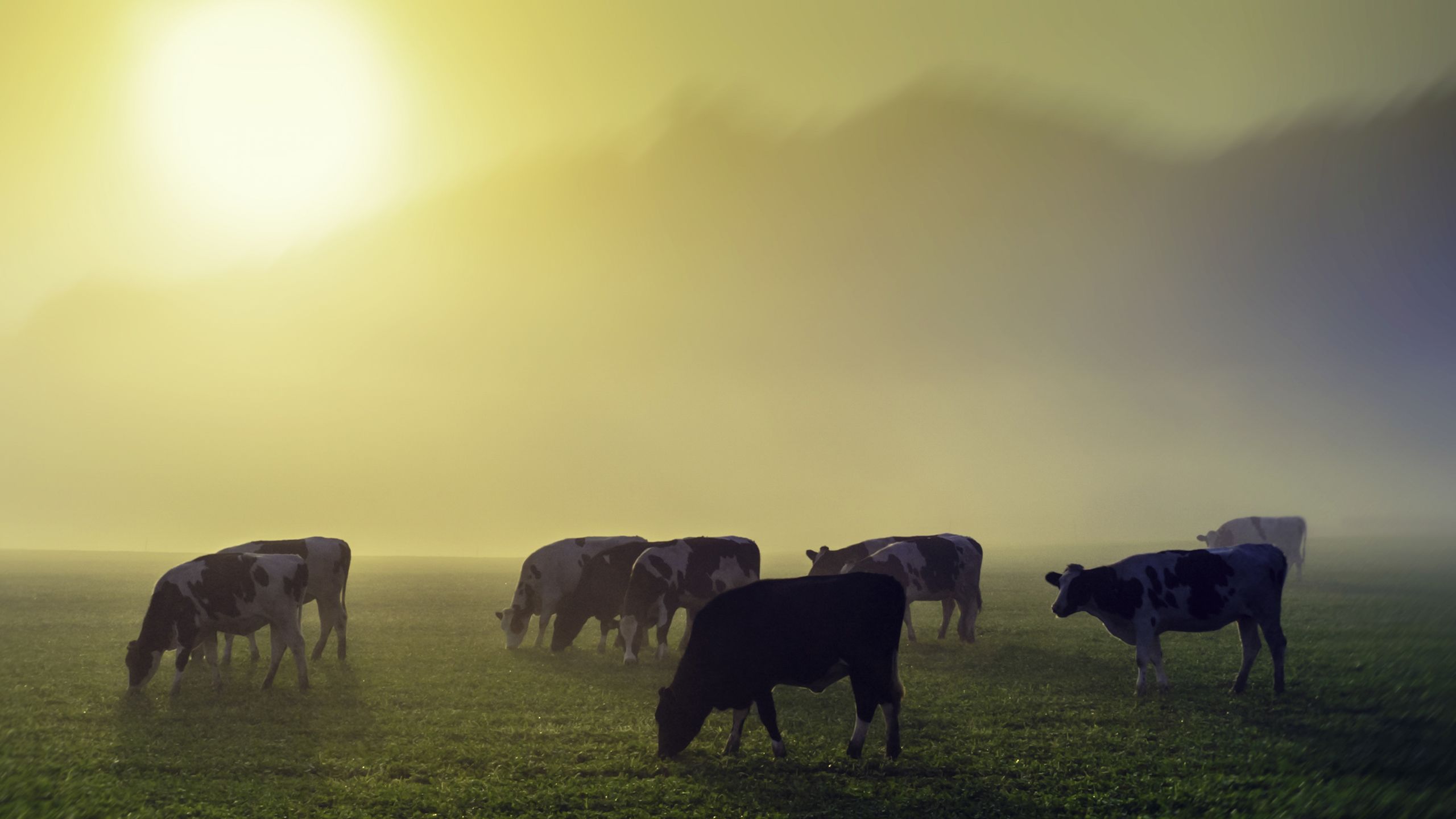
Impact at a glance
- Mark Holmes and team identified a previously unknown antibiotic-resistant bacteria, MRSA mecC, in livestock.
- Their evidence on the prevalence of livestock-associated MRSA informed policymakers in the UK and Europe.
- This contributed to new legislation to prohibit the prophylactic use of antibiotics other than in exceptional cases.
- Antibiotics sold for use in food-producing animal species reduced by 52% between 2014 and 2020.
- Use of the antibiotic to which MRSA mecC is most resistant in dairy cows reduced by 90% between 2012 and 2019.
- UK sampling in 2017–2019 found no occurrence of MRSA mecC in food-producing animals.
“[Mark Holmes’] active engagement with the profession… has led to improved antibiotic stewardship, creating a positive impact on the farming sector.”
With an ongoing global pandemic and a worsening climate crisis, it could be easy to overlook another emergency coming our way – and yet it could be humanity’s next biggest killer. Some of our most important medicines will increasingly fail.
These are our antimicrobial drugs – the medicines that combat infections caused by bacteria, viruses, fungi and parasites – until, that is, they encounter pathogens that are resistant to them.
The predictions relating to the global rise in antimicrobial resistance, or AMR, paint a frightening picture of life in 2050:
“Without policies to stop the worrying spread of AMR, today’s already large 700,000 deaths every year would become an extremely disturbing 10 million every year, more people than currently die from cancer.”
It’s a serious situation, but a success story happening across the farms of the UK gives hope that something can be done.
Research led by Professor Mark Holmes from Cambridge’s Department of Veterinary Medicine has helped to change UK farming practices and reduce the rise of AMR in livestock. Holmes believes that now is the time to stress the positives of good antimicrobial stewardship.
“If we were to end up with a lot of multiply resistant bacteria, it would completely change the face of modern medicine everywhere.”
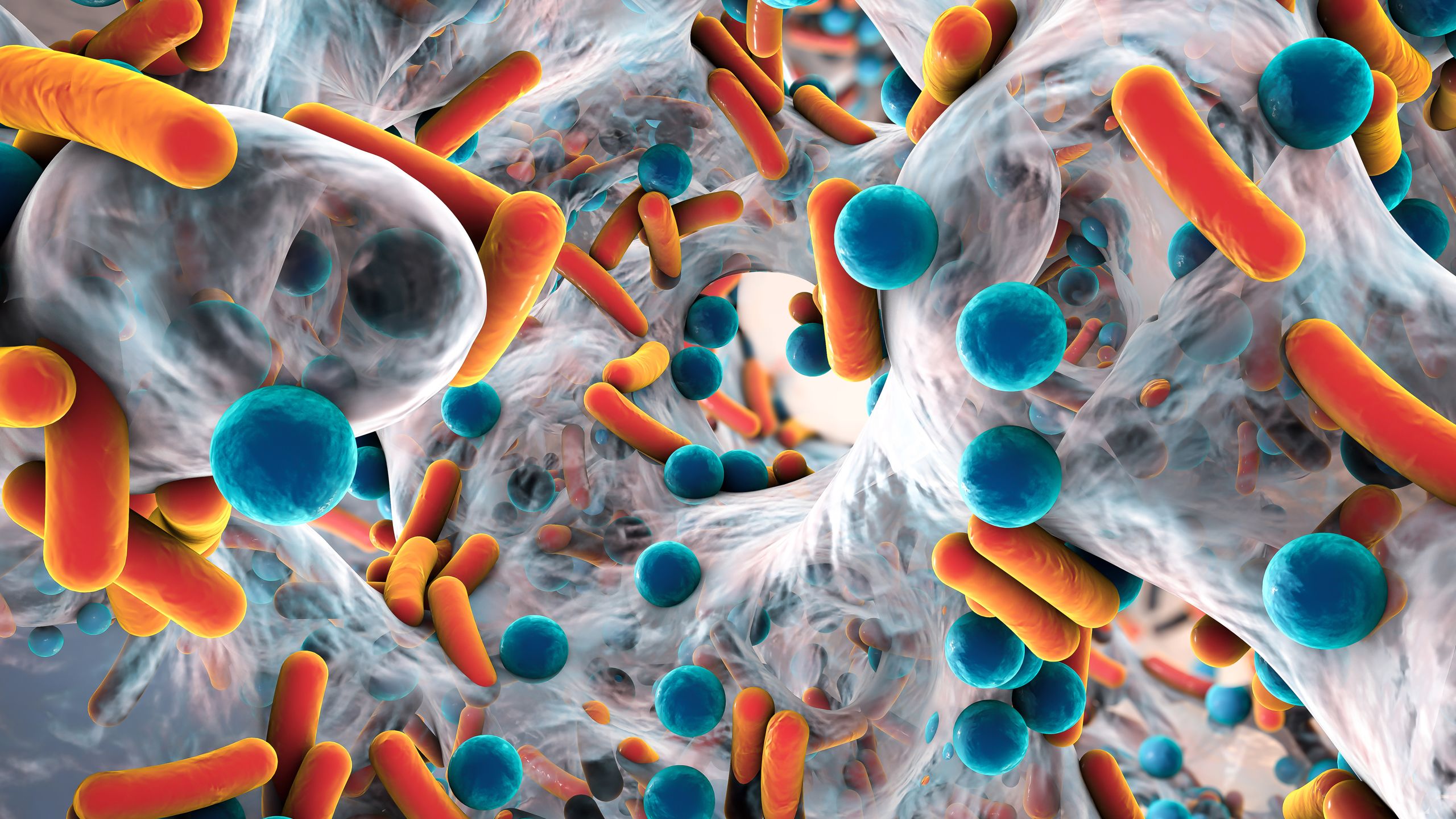
Rise of the superbug
“Antibiotics is one of the things we now take for granted,” says Holmes. “When we have a hip replacement, or we’re being treated for cancer, we know there is an inherent risk, but we don’t expect to face dying of a secondary infection that can’t be treated because the antibiotics don’t work.”
“If we were to end up with a lot of multiply resistant bacteria, it would completely change the face of modern medicine everywhere.”
Among the growing number of antibiotic-resistant ‘superbugs’, perhaps the most infamous is Methicillin-resistant Staphylococcus aureus (MRSA), much feared by hospital patients and medical staff alike. It’s also a major challenge in livestock farming – the scale of which we now know thanks to the work of Holmes and colleagues.
“There’s no question that when an animal needs an antibiotic they should be treated,” says Holmes. “Part of our covenant or agreement with farm animals is that we look after them. They are in our care and deserve to be treated when they’re sick.”
But a common practice among farmers worldwide had been to use antibiotics prophylactically to stop animals becoming sick, which increases their growth and productivity.
“A major driver of AMR is inappropriate use of antibiotics– in humans and animals alike,” adds Holmes. “We live in a highly connected world where what happens in humans, animals and the environment has mutual effects.
“Treating animals with antibiotics can reach humans through run-off from farms and uncooked meat. And continually treating animals when they’re not sick can provide a survival advantage for those bacteria that have resistance genes.”
“A major driver of AMR is inappropriate use of antibiotics– in humans and animals alike.”

Discovery of an unknown MRSA
Holmes and colleague Professor Duncan Maskell were investigating the types and levels of antibiotic resistance among farm livestock across the UK when the team made an unexpected discovery: a new variant of MRSA not seen before.
“Our discovery was a classic case of a very good PhD student being more curious than everyone else.”
Researchers were aware of a bacteria that looked like MRSA but which gave negative results with the tests available. When the Cambridge team had to halt their farm visits because of a national outbreak of foot-and-mouth disease, PhD student Laura Garcia Alvarez decided to look further at antibiotic resistance in her collection of bacteria. Some of the samples were highly resistant but lacked the gene that defines MRSA (the mecA gene). This led to the discovery of the mecC resistance gene.
As it turns out, the strain itself wasn’t new, but it had gone undetected because no test could pick it up. The resistant bacteria had probably been around for many years in dairy cows and people – possibly even since the 19th century, thinks Holmes, when it seems to have arisen in response to a naturally occurring antibiotic in wildlife.
Holmes set up collaborations with Professors Matt Holden and Julian Parkhill at the nearby Wellcome Trust Sanger Centre. This proved crucial for characterising the resistance gene and for tracking the spread of the new MRSA using whole genome sequencing.
When the team looked at the prevalence of the newly discovered strain on farms across the UK, they found that mecC MRSA was present in the bulk milk from 10 of 465 dairy farms sampled in England and Wales, 2.15%. With 8,310 dairy producers in the UK, this translates to approximately 178 farms with mecC MRSA.
And when they looked in hospitals, they also found it in people. Around 1 in 200 of all MRSA was caused by mecC MRSA – a small but significant proportion, says Holmes, and one that hadn’t been known before.
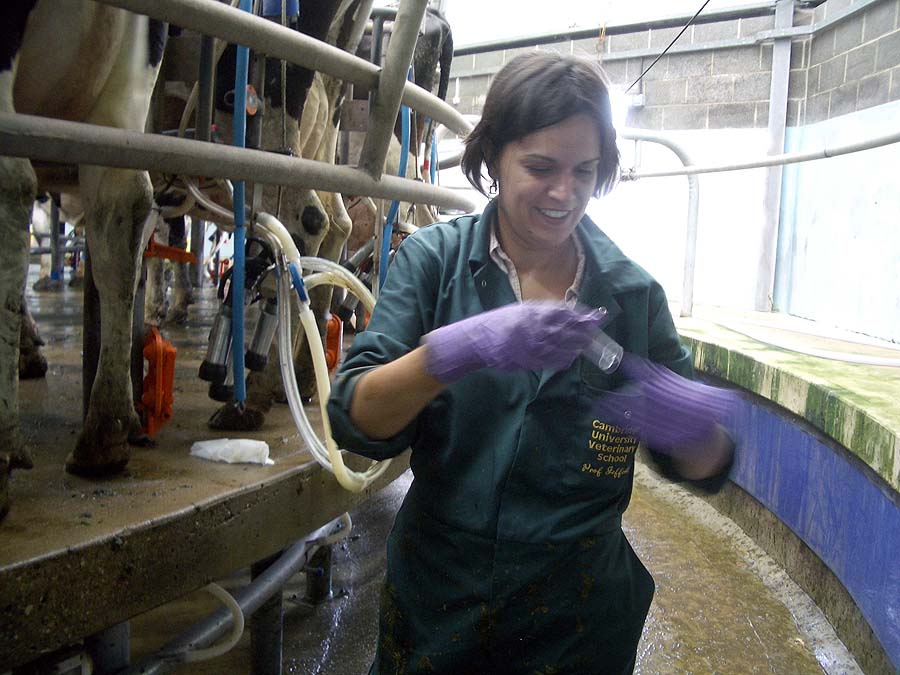
PhD student Laura Garcia Alvarez collects samples from a dairy farm (credit: Mark Holmes).
PhD student Laura Garcia Alvarez collects samples from a dairy farm (credit: Mark Holmes).
Widespread infection
Then the researchers turned their attention to the more common mecA MRSA, which in people is usually acquired in hospitals or the community. It was generally believed that UK livestock was free of livestock-acquired mecA MRSA (LA-MRSA) but, with the benefit of their new diagnostics, they first found LA-MRSA on five dairy farms.
“Although good hygiene and pasteurisation of milk would help to reduce levels of LA-MRSA entering the food chain, we knew that individuals with regular contact with infected livestock are likely to have a higher risk of infection compared with the general population,” says Holmes.
“When we went to look for it in people, we were slightly aghast to discover that this animal-origin MRSA was actually contributing to human disease based on bacteria turning up in hospital cases.”
When they checked retail meat from supermarkets in six different regions of the UK, three pork products of 100 pre-packaged fresh meat products analysed were found to contain LA-MRSA, indicating widespread infection within the UK pig herd.
“When you see positive outcomes like this, you know that change is possible.”
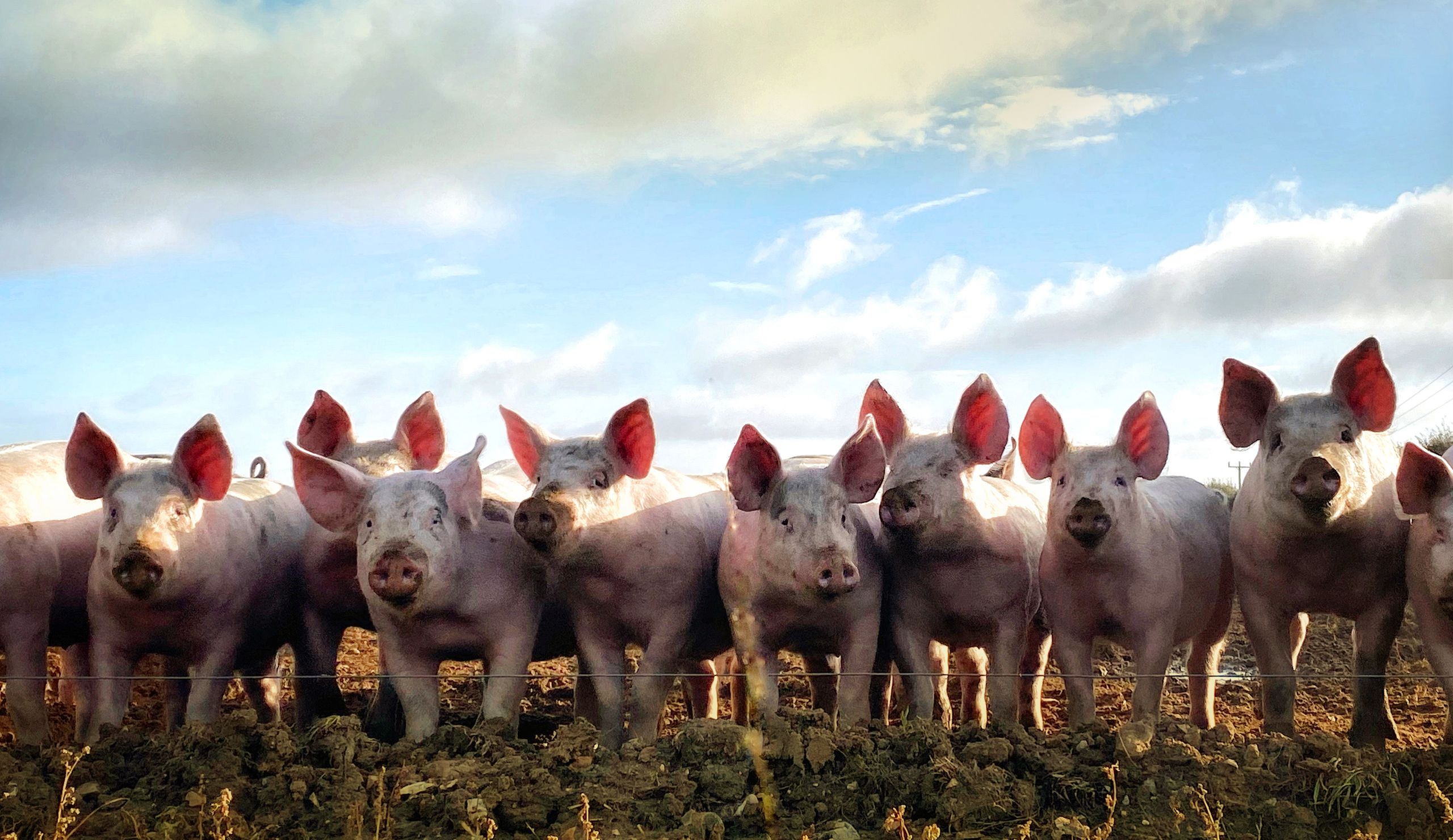
Change of policy
Armed with their new data on the characteristics and distribution of antibiotic-resistant bacteria in livestock, Holmes’ team talked to the British Cattle Veterinary Association (BCVA) and British Veterinary Association (BVA), and connected with the network of veterinary and other researchers throughout the country who were working on antibiotic usage.
“Collaboration was crucial. Our research helped the BCVA and BVA come up with the rules about which antibiotics should be used, and in which circumstances, to reduce or avoid the generation of antibiotic resistance,” he explains.
Meanwhile, questions were being asked in parliament and Holmes’ research was included in a motion discussed at a forum of European politicians. This contributed to the development of new legislation to prohibit the prophylactic use of antibiotics other than in exceptional cases.
The heightened awareness of antibiotic-resistant bacteria in animals farmed for food along with the changes in policy and guidance had a significant impact on the use of antibiotics in pig and cattle farming.
The Veterinary Medicines Directorate (an executive agency of the government’s Department for Environment, Food and Rural Affairs) showed that the amount of antibiotics sold for use in food-producing animal species reduced by 52% between 2014 and 2020.
There was a reduction in use of all antibiotics in pigs of 62% between 2015 and 2020. There was also a reduction of the use of third- and fourth-generation cephalosporins (the antibiotic class to which the mecC variant of MRSA is most resistant) in dairy cows of 90% between 2012 and 2019.
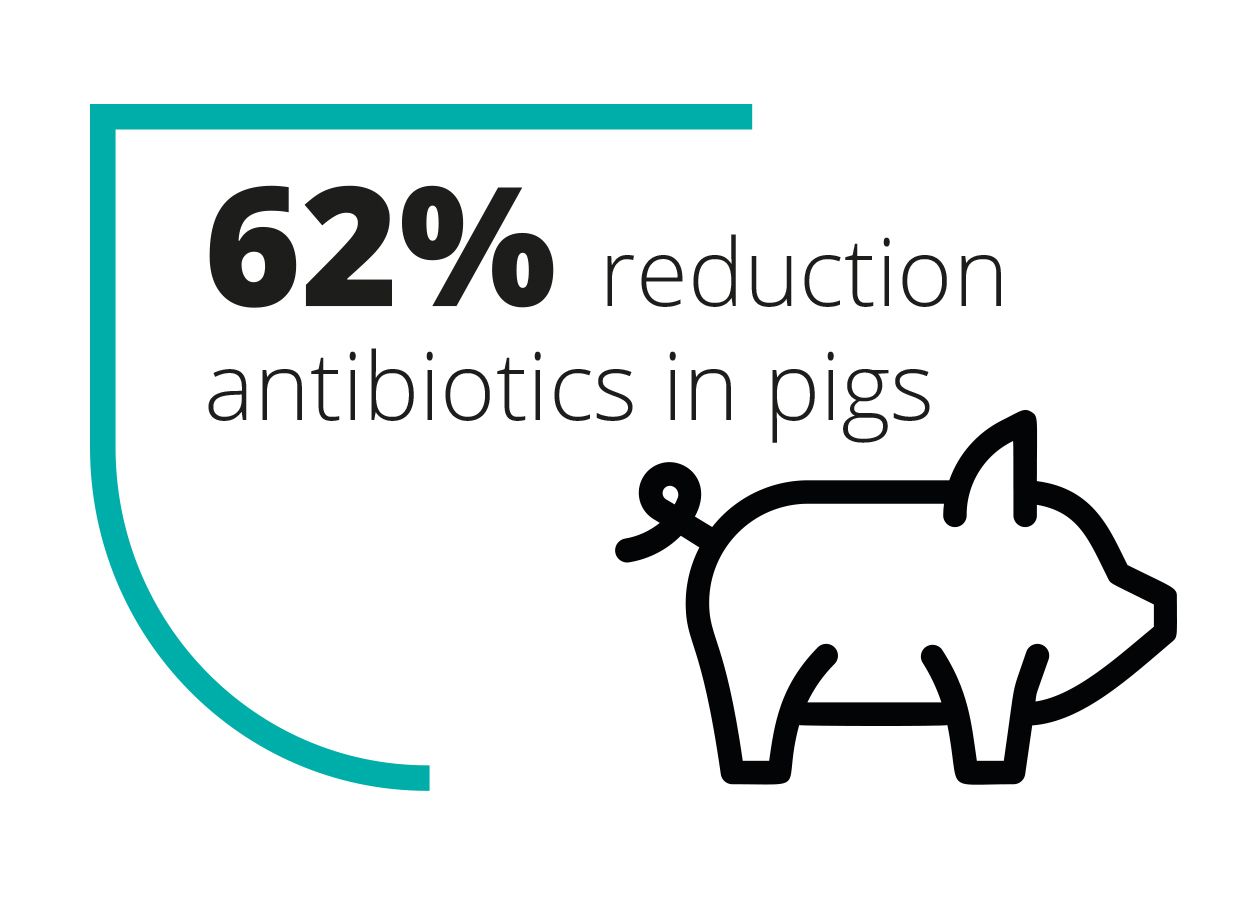
Cause for hope
Since COVID-19, increased warnings of antibiotic misuse have been made after recent data showed that the total number of bloodstream infections fell in 2020, thought to be connected with less social mixing and better hand hygiene, prompting concerns of increased antibiotic use as behaviour normalises and infections once again rise.
Holmes believes this is a good time to stress the positives of good antimicrobial stewardship: “In the past five years, our efforts to improve antibiotic stewardship have had quite a substantial effect. We have seen the amount of antibiotics being used on farms fall drastically, particularly for those antibiotics that are considered to be critical for human health, and the BCVA now runs courses on prescribing practices to better support vets in decision-making.
“The veterinary and agriculture professions are doing their best to respond and, when you see positive outcomes like this, you know that change is possible. AMR is a massive challenge, but we do know what has to be done to tackle it – and we must if we are to safeguard these wonder drugs.”
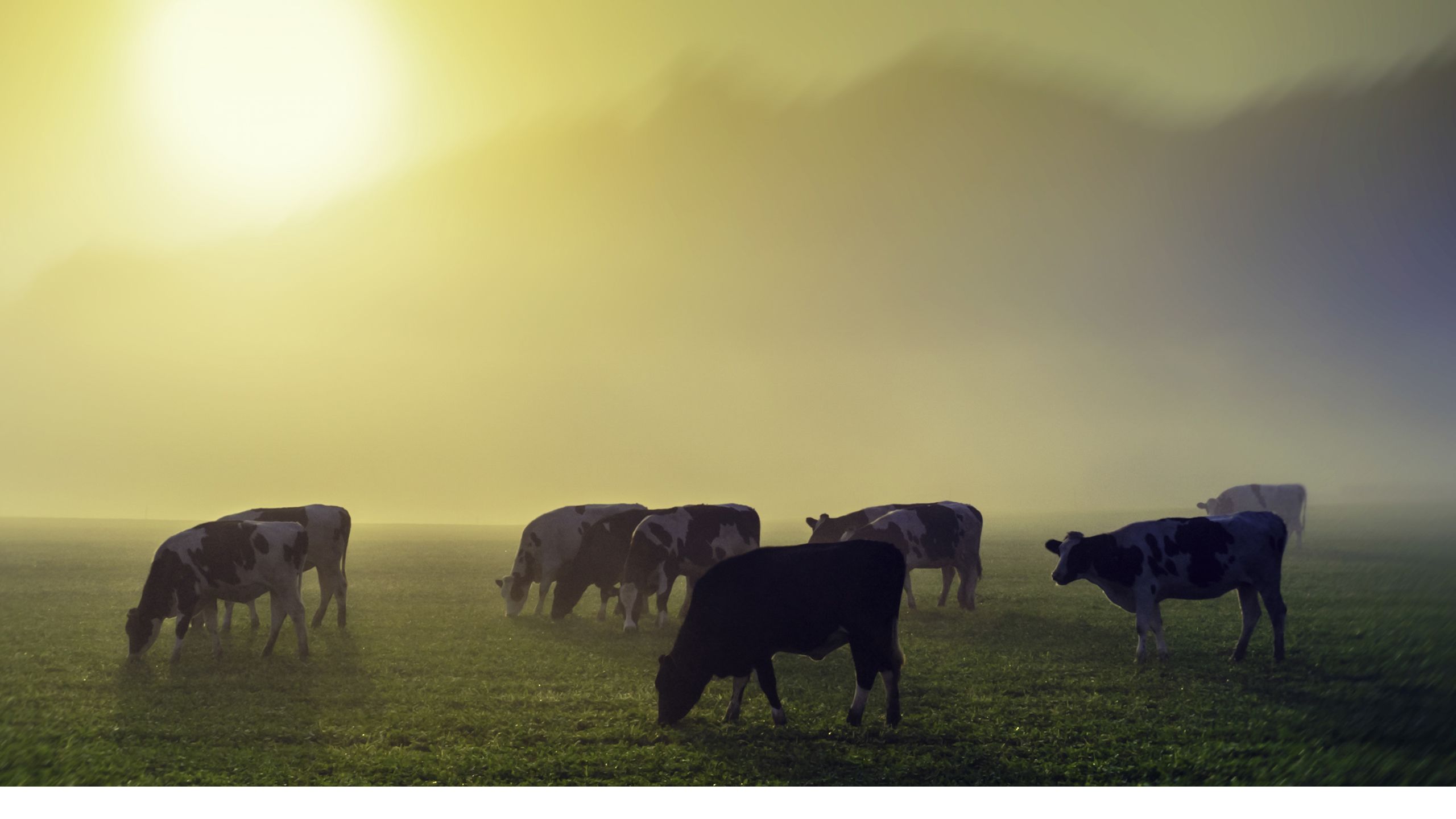
Published 22 November 2021.
With thanks to Anna Davies for contribution. Infographics by Alison Fair.
Cows in a meadow, credit vm/iStock.
Antibiotic capsules, credit solarseven/iStock.
Illustration of antibiotic-resistant rod-shaped and spherical bacteria including Escherichia coli, Pseudomonas, Mycobacterium tuberculosis, Klebsiella, Staphylococcus aureus and MRSA, credit Dr_Microbe.
The text in this work is licensed under a Creative Commons Attribution 4.0 International License.

... visit our interactive map to find out how.

